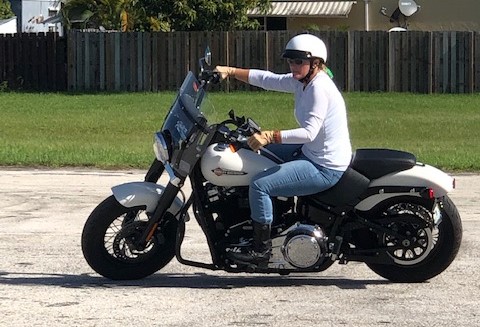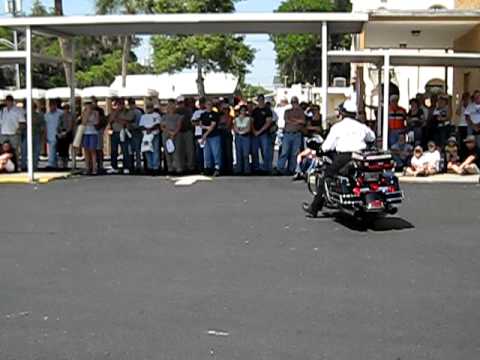Avoiding a motorcycle crash
Learning to ride a motorcycle is exciting and very rewarding. Riders have different reasons to learn to ride such as bucket list item, cheap transportation, recreational purposes, midlife crisis, ego, etc. The list can go on and on. However, learning to ride does not make you an expert at crash avoidance. As a matter of fact, understanding what needs to be done to avoid a crash is easy, mastering the art of obstacle/crash avoidance is a lifetime learning process and as the old saying goes, “practice makes perfection”, does apply to these lifesaving skills.
In the following video, two riders demonstrate many of the maneuvers many of you have already learned with Tim and Marianne if you have taken the Ride Like A Pro class with them. The difference is that the exercises get much tighter. Cones are closer (for the cone weave,) and spaces are smaller (u-turns,) requiring much more discipline and alertness. This is what makes the difference between a good rider and an experienced rider. This is the Ride Like A Pro Advanced class.
Check out Jerry’s latest video titled “2 riders that know how to avoid a motorcycle crash” – enjoy!


















